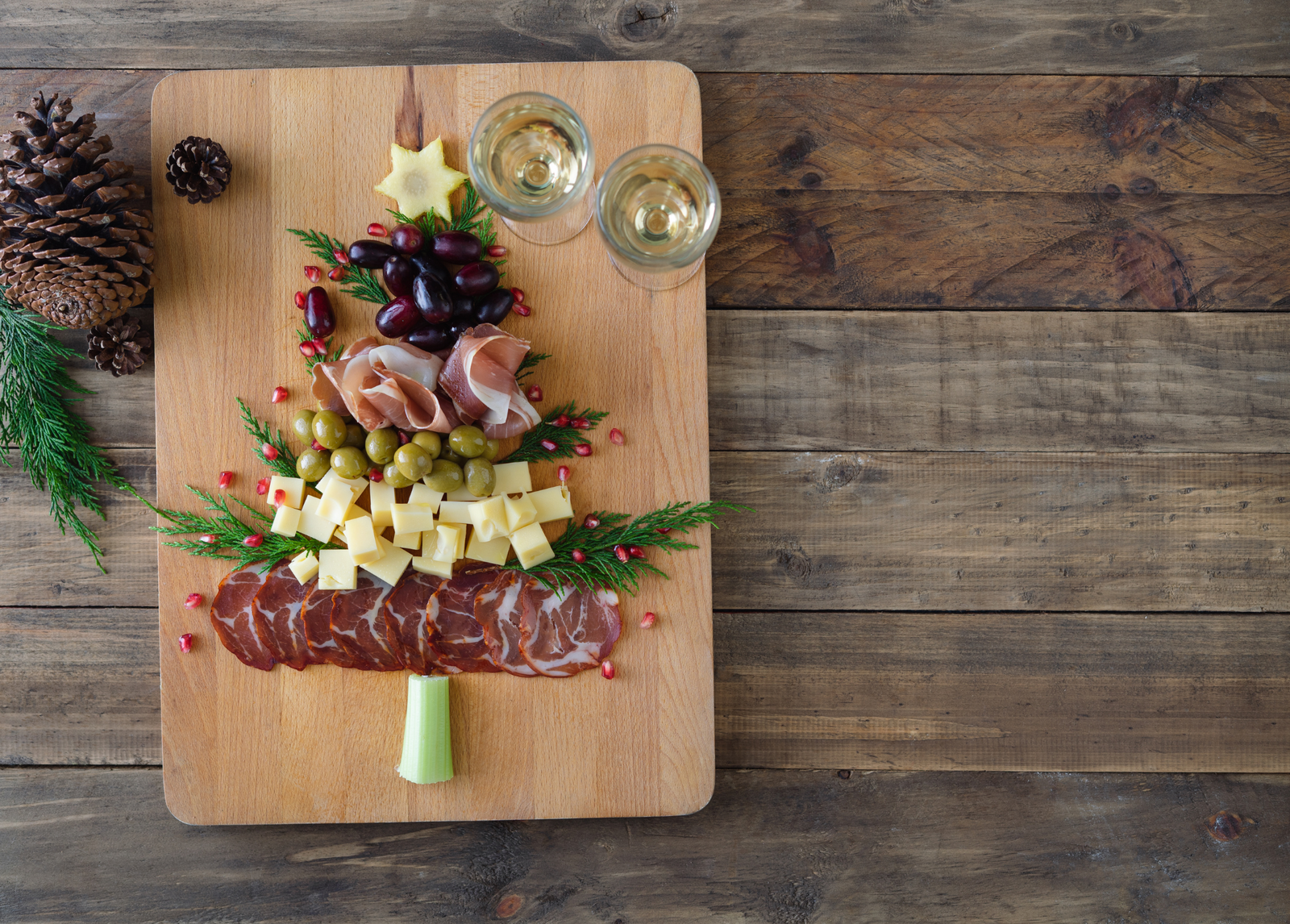Your Cart is Empty
BLACK FRIDAY ON NOW - GET AN AUTOMATIC 15% DISCOUNT ON CHECKOUT
BLACK FRIDAY ON NOW - GET AN AUTOMATIC 15% DISCOUNT ON CHECKOUT
BLACK FRIDAY ON NOW - GET AN AUTOMATIC 15% DISCOUNT ON CHECKOUT

April 18, 2022 3 min read
Cheese is a dairy product that comes in hundreds of different textures and flavors. But not all cheese is made the same, the nutrition and taste of cheese depend on how it is produced and what milk is used. Eating cheese may even aid weight loss and help prevent heart disease and osteoporosis. That said, some cheeses are healthier than others.
Mozzarella is a soft cheese that’s lower in sodium and calories than most other cheeses. It also contains probiotics that may boost your immune system. Dairy products like mozzarella that contain this probiotic may strengthen your immune system and help fight infections. However, more research is needed.
Mozzarella tastes delicious in Caprese salad — made with fresh tomatoes, basil, and balsamic vinegar — and can also be added to many recipes.
Blue cheese has distinctive blue or grey veins and a tangy taste. Loaded with calcium, it may promote bone health and help prevent osteoporosis. Since blue cheese is high in calcium, a nutrient necessary for optimal bone health, adding it to your diet may help prevent bone-related health issues.
Feta is a Greek cheese that’s higher in salt but lower in calories than other cheeses. It may also contain higher amounts of CLA, a fatty acid linked to improved body composition. Feta is a soft, salty, white cheese originally from Greece. It’s typically made from sheep’s or goat’s milk. Sheep’s milk gives feta a tangy and sharp taste, while goat’s feta is milder.
To add feta cheese to your diet, try crumbling it over salads, adding it to eggs, or whipping it into a dip to eat with fresh vegetables.
Cottage cheese is a fresh, clumpy cheese that’s loaded with protein. Adding cottage cheese to your diet can help keep you full and may aid weight loss. Cottage cheese is a soft, white cheese made from the loose curds of cow’s milk. It’s thought to have originated in the United States.
Ricotta is an Italian cheese made from the watery parts of cow, goat, sheep, or Italian water buffalo milk that are left over from making other cheeses. Ricotta has a creamy texture and is often described as a lighter version of cottage cheese. Ricotta is a creamy, white cheese that’s loaded with protein. The high-quality whey found in ricotta may promote muscle growth and help lower blood pressure.
Ricotta cheese tastes delicious in salads, scrambled eggs, pasta, and lasagna. It can also be used as a base for creamy dips or served with fruit for a sweet-and-salty snack.
Parmesan is a hard, aged cheese that has a gritty texture and a salty, nutty flavor. It’s made from raw, unpasteurized cow’s milk that’s aged for at least 12 months to kill harmful bacteria and produce a complex flavor. Parmesan is a low-lactose cheese that’s high in calcium and phosphorus, which may promote bone health.
Cheddar is a widely popular semi-hard cheese from England. Made from cow’s milk that has been matured for several months, it can be white, off-white, or yellow. The taste of cheddar depends on the variety, ranging from mild to extra sharp. Cheddar is rich in vitamin K2, a nutrient that prevents calcium from building up in your arteries and veins. Getting enough K2 may decrease your risk of heart disease.
*All nutritional information is an approximation.
Comments will be approved before showing up.

December 19, 2024 2 min read

December 05, 2024 2 min read
Sign up to get the latest on sales, new releases and more …